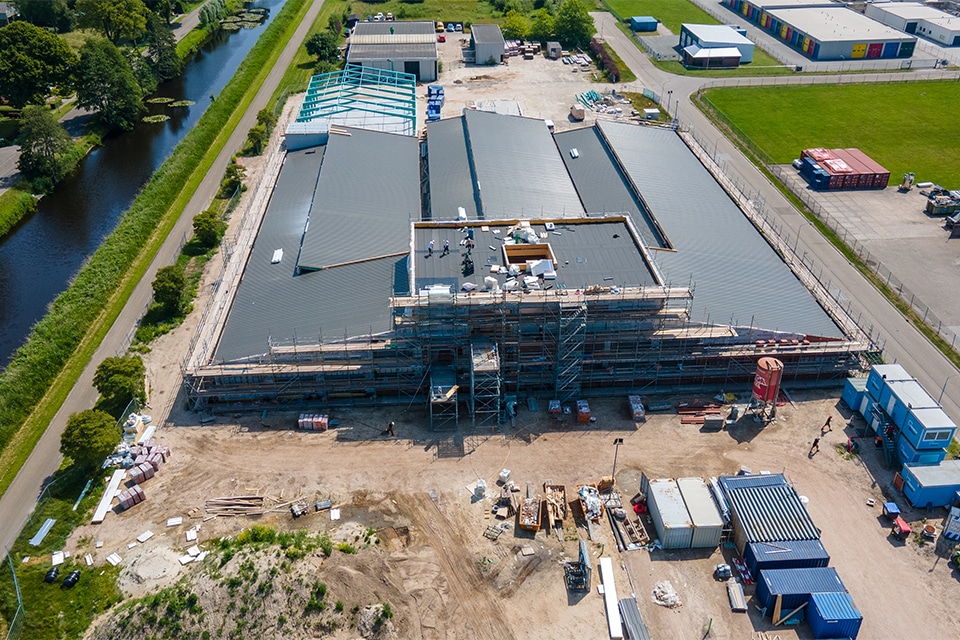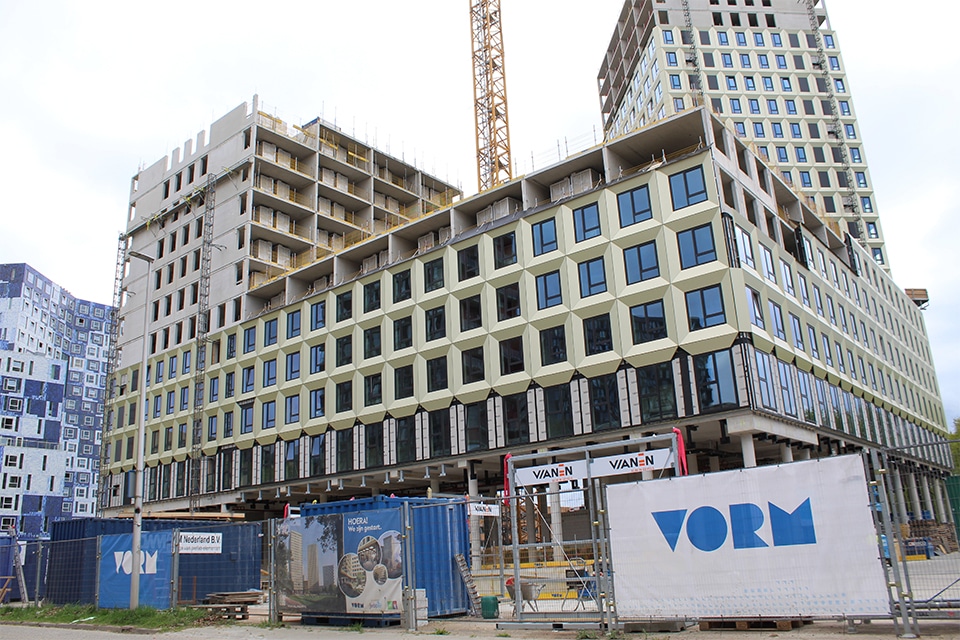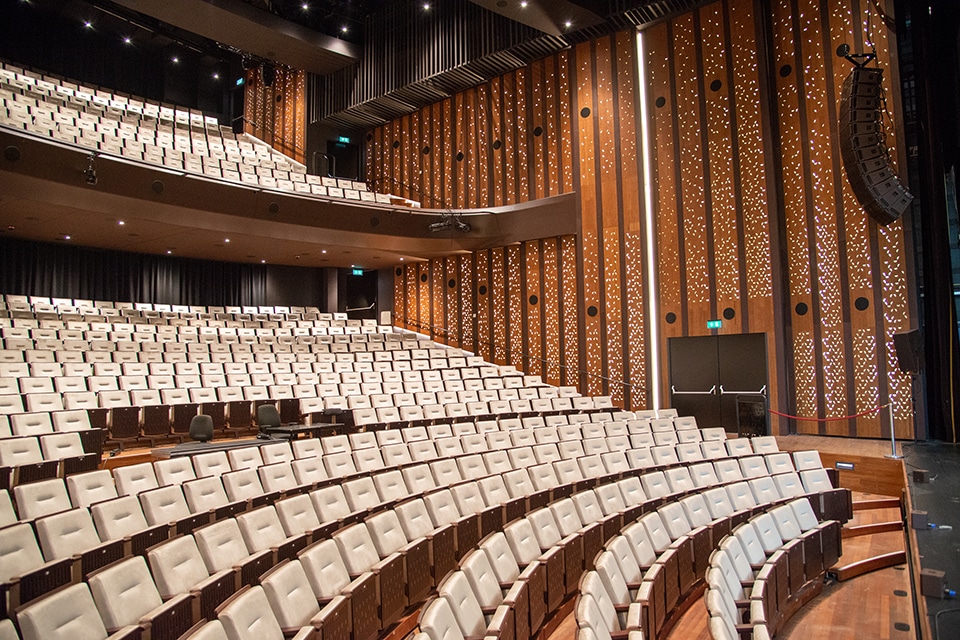
Aesthetic character of Theater on the Parade preserved by custom installation
E and W installation and fire protection & security system
Various SPIE Nederland disciplines worked together on the complete, building-related installation of the new Theater aan de Parade in downtown Den Bosch. Custom "invisible" solutions were chosen for each component in order to maintain the aesthetics of the theater. "It's a complex and challenging building to put an installation in," says Dr. K. K., "and it's a complex and challenging building."
Main contractor Mertens Bouw approached total installer SPIE as early as the tender phase to contribute ideas and calculations for the technical installations. Together, the companies designed the project completely in BIM 3D. Son Huynh, project leader from SPIE for the electrical installation: "There was already a technical design by an external consultant, which we further engineered. Here we adjusted the necessary things. For example, a transformer of 1,600 kVA was planned, but our calculations showed that at least 1,750 kVA was needed. In the end, a transformer with a capacity of 2,000 kVA was installed in the basement of the theater."
Placing such a large transformer inside a building is exceptional. In this case, there was no other way because of the limited space in downtown Bossche. Getting the huge transformer inside was still quite a job, Huynh says. "In the end, they partially disassembled the transformer for transport and then reassembled it in the basement. The power calculation required a lot of research in the preliminary stage and a lot of consultation with various consultants." In addition to the standard components of the E-installation, there are special components in the theater: DALI/DMX/Art-Net and dim-to-dark fixtures to create atmosphere, scenes and desired lighting levels. The difficulty was in getting these systems with all their separate protocols to communicate with each other.

Complex building
Libert Huinen, project manager from SPIE for the W installation, says that the theater is quite a complex building to install the installation in. "Transportation, logistics, storage and coordination with all other disciplines posed quite a challenge in the tight space in the city center. We were working simultaneously with several subcontractors, making the construction site very busy. It was a challenge to bring in large equipment such as air handling units, heat pumps and dry-coolers." A source-based CHP was chosen for this project: a heat source in the Casino Garden and a cold source on the Parade, both drilling 80 meters deep. This primary installation is connected to the secondary installation, which includes 20 underfloor heating manifolds with 18 km of underfloor heating hose connected to them. There are also climate ceilings in different colors. Huinen: "The largest air handling units are concealed in the roof. Piping, measuring and control cabling and ductwork are completely hidden from view because of the aesthetic appearance of the building."
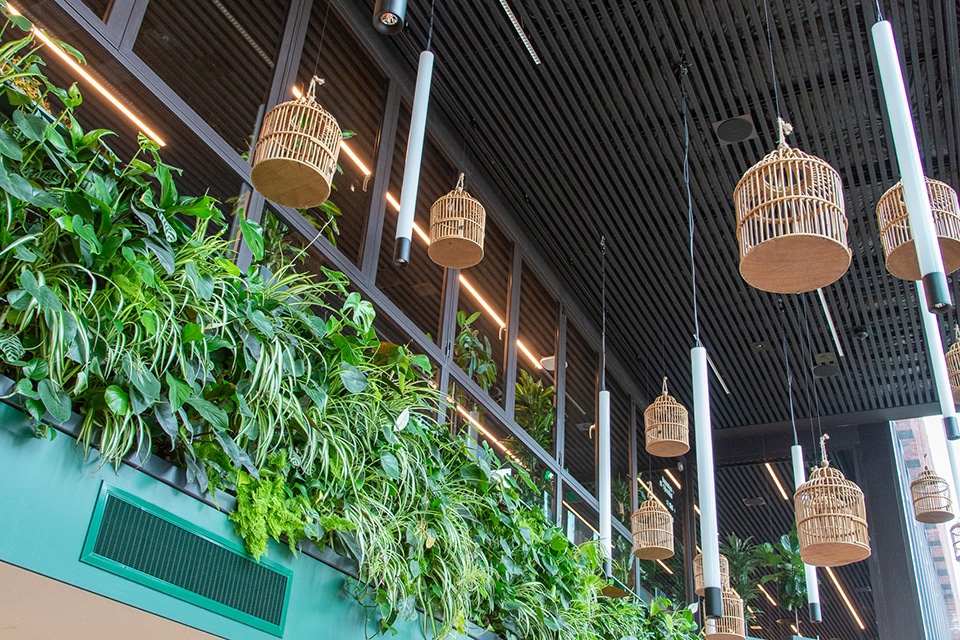
Indoor water supply
From the Fire Protection & Security discipline, Mark Mommersteeg was project manager for the theater's sprinkler system. "The sprinkler system has an electrically driven pump and can draw from an indoor water supply of 160,000 liters, which is located under the theater. All components of the sprinkler system are invisibly concealed. On the gold-colored ceilings, for example, there are also gold-colored sprinklers. Even the fire detectors are done in the color of the background on which they are mounted." True customization, then, especially given the wide variety of ceiling and wall coverings in the building.

Trial fires
Huub Luijten, Project Manager Security Department at SPIE, provided the theater with the complete (fire) safety installations, consisting of intrusion detection, access control, a camera and intercom system, a fire alarm system and an evacuation system. Luijten: "The evacuation system is a type A voice alarm system. In different languages, visitors in an emergency situation are asked to make their way to the exit. We applied different systems here because every space is different. For example, the theater halls have great heights, requiring different types of smoke detectors. Also, some performances use smoke machines or fireworks, and then you don't want the fire alarms to go off. So we put different forms of high-quality and highly sensitive fire detectors here. The whole installation was then extensively tested with test fires. This had to be done well in advance of the theater's construction delivery to ensure the fire safety of the project."

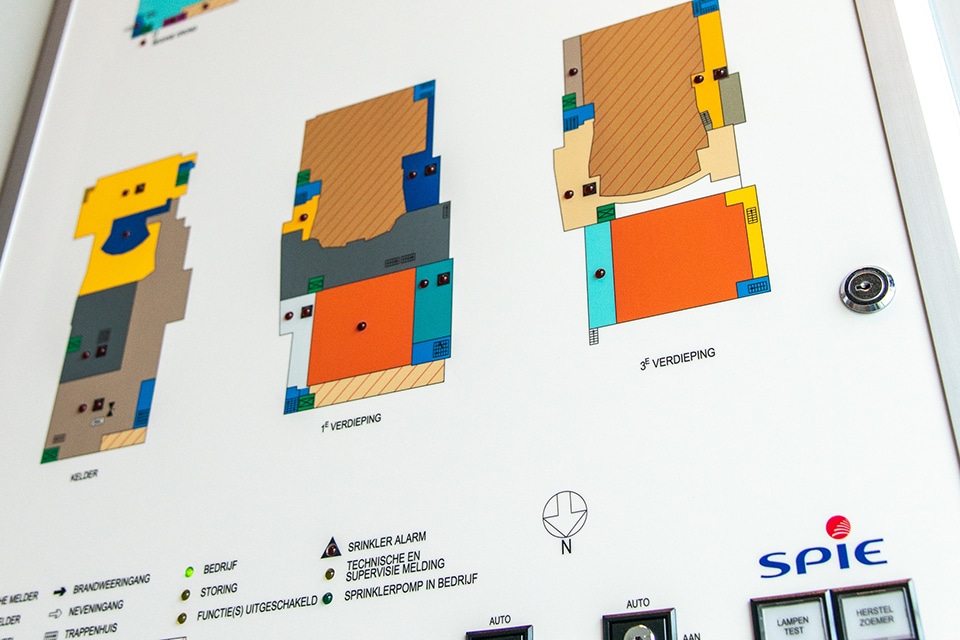
In short: a comprehensive project in which the various SPIE disciplines were able to put their specialties to good use. Thanks to the short lines of communication, the project team worked pleasantly together. The client had only one point of contact for the complete installation.
